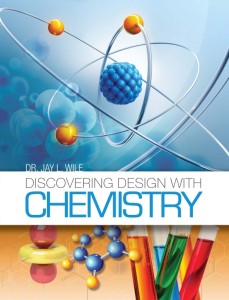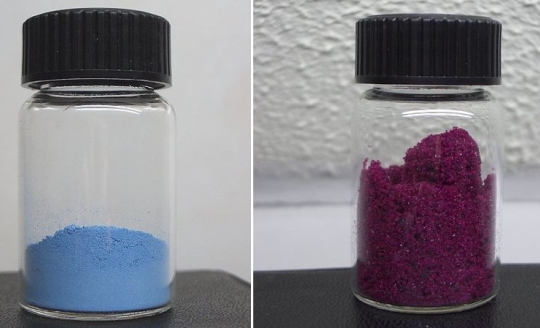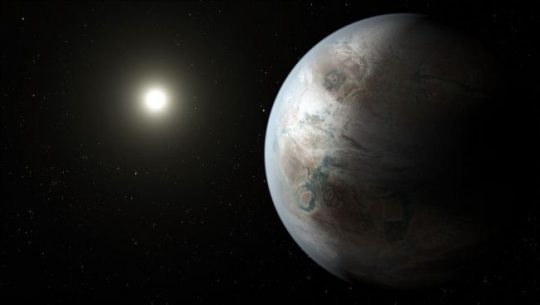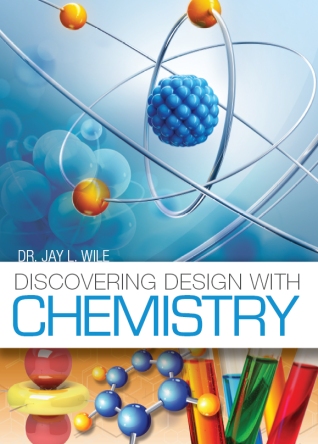
This new chemistry course is completely different from the previous one I wrote, Exploring Creation with Chemistry, 2nd Edition. It covers the standard college-prep chemistry topics in a different order, but more importantly, it emphasizes aspects of those topics in a way that makes them more relevant to this decade. For example, when discussing Dalton’s Atomic Theory, I point out that he used his theory to predict something about the masses of two elements that can react to form completely different compounds. That prediction was later confirmed, and we now call it “The Law of Multiple Proportions.” I point out that a theory can’t be considered scientific unless it can make such predictions. I then discuss this in the context of creation science. I talk about how the scientific theory of creation has been used to make many successful predictions, including the fact that there is very little “junk DNA” in the human genome.
The most important difference between the courses, however, is the experimental component. When I wrote the older course, I had the students perform the best experiments they could with reasonably-priced equipment. Since that book was written, however, the cost of certain chemistry equipment, such as precise mass scales, has gone down significantly. As a result, what is available at a reasonable price today is quite different from what was available back when the old course was written. Because of this, the experiments are significantly better in this new course.
For example, there are certain chemicals that tend to incorporate water into their solid phase. We call them hydrates. Consider the picture below:

You might think these are two different compounds, but they are not. Both jars contain cobalt (II) chloride. The reason they look different is because the solid on the left has no water in it. As a result, we call it the anhydrous form of cobalt (II) chloride. The solid on the right has water in it, so we call it the hydrated form of cobalt (II) chloride. Both solids perform exactly the same chemistry. The only difference between them is the presence of water.








